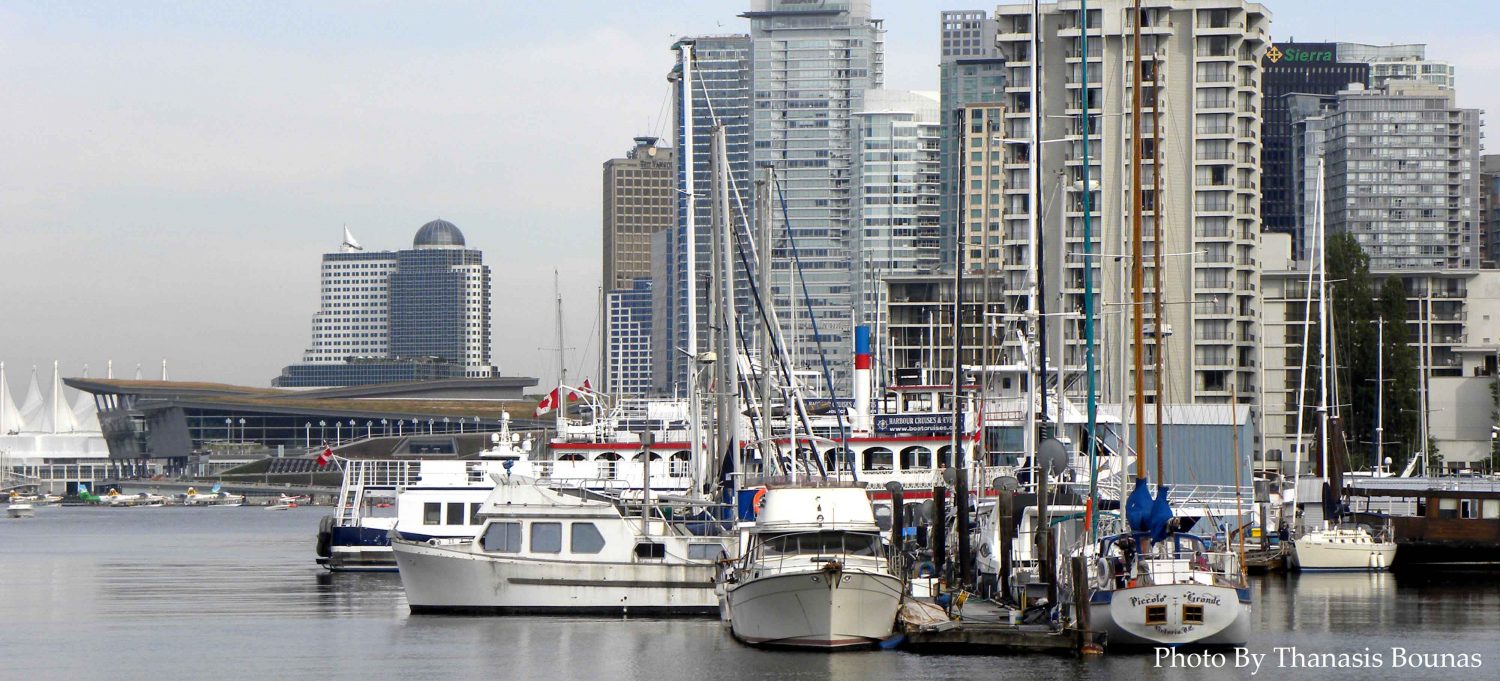
The Quiet Presence of Classical Beauty in a Modern City
In the heart of downtown Vancouver, classical architecture doesn’t shout—it whispers. Among the rising towers of glass and steel, these timeless designs remain steady, offering a visual language of order, grace, and elegance. While contemporary architecture dominates the skyline, classical buildings anchor the city to its cultural memory, inviting a slower kind of engagement from those who pass by.

A Modern Walker Searching for Meaning
The modern walker in Vancouver moves quickly—rushing to work, checking messages, chasing time. Yet, in the quiet corners of the city, a moment of stillness appears: the facade of a columned building, a stone arch, a balanced entranceway. These are not just decorative relics, but touchpoints of history, offering the passerby a chance to pause, reflect, and reconnect with the physical world around them.

Harmony and Proportion as Urban Poetry
Classical architecture is defined by balance: symmetrical facades, elegant columns, and harmonious geometry. These principles, inherited from ancient Greece and Rome, remain surprisingly relevant today. In a time when cities evolve rapidly, these structures offer a feeling of permanence. They remind us that beauty does not always need to be bold—it can be subtle, measured, and timeless.

Silent Enjoyment: A City That’s Felt, Not Just Seen
One doesn’t need to be an architect to enjoy the pleasures of a classical building. A shadow cast by a pediment, the curve of a stone balustrade, the cool texture of marble under morning light—these small encounters enrich the daily rhythm of urban life. They ground us. They slow us down. They remind us that the city is not just a place to move through, but a place to experience.

Architecture for the Eyes and the Lens
For photographers, travelers, and observant locals, the classical details of Vancouver’s cityscape offer countless unexpected visual moments. The interplay between the old and the new—between neoclassical lines and modernist towers—creates an urban tension that’s both poetic and profound. It is in these contrasts that the city becomes a canvas.

A Walking Practice of Awareness
To walk with awareness in Vancouver is to enter into silent dialogue with its buildings. Classical forms are not loud. They require attention. But in that attention, the walker finds a gift: presence. Neoclassical details mark thresholds not just between buildings, but between moments—moments of stillness in motion, calm in the chaos.

The Past Has a Place in the Present
Far from being outdated, classical architecture plays a crucial role in urban identity. It reminds us that cities grow best when they grow with memory. In Vancouver, these enduring designs coexist with innovation, proving that the future need not erase the past—it can build upon it.

Conclusion: A City That Knows How to Whisper
Vancouver doesn’t only impress with height. It inspires with depth. Classical architecture is one of its softest but most profound voices—a form of beauty you don’t just look at, but feel. For the modern walker willing to lift their gaze and slow their pace, the reward is not only visual—it is emotional, spatial, even spiritual.

Be the first to comment